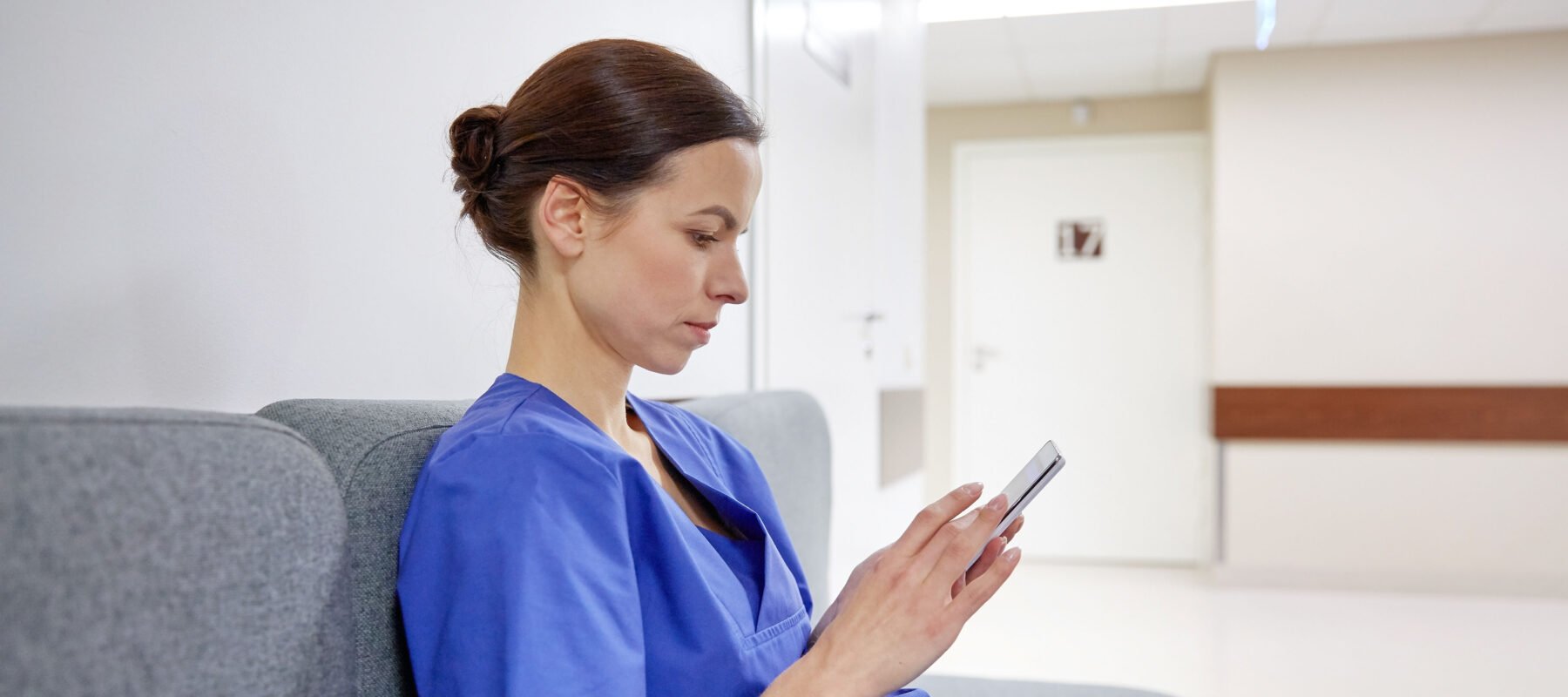Objectives:
- Distinguish between appropriate and inappropriate use of social media.
- Recognize the skill enhancing benefits of social media and other internet resources.
- Determine how to identify reliable internet resources for career development.
Social media is all about posting cat videos, right? Obviously, social media can be a great way to build connections and share information. But with stringent confidentiality and care requirements placed on healthcare workers, can social media have a place for sterile processing professionals?
Yes.
For Melanie Perry, Perioperative Clinical Manager for Beyond Clean and Social Media Manager and Content Creator for the First Case Podcast, it all depends on how you view social media. Personally, Perry likes this definition:
“Social media is a collective term for websites and applications that focus on communication, community-based input, interaction, content-sharing and collaboration.” Social media is a place to share cat videos, sure, but it also has the opportunity to be a place where we can build a community around the perioperative world, build networks and grow professionally.
So let’s take a closer look at how Perry says we can transform social media from a mindless scrolling activity to one where SPD professionals can focus on finding professional resources and reliable sources for career growth.
It all comes down to knowing how and what to post and how to find reliable resources for education.
Let’s Talk About How Not to Use Social Media
“You are free to share anything on social media,” Perry says. “But, you cannot dictate how someone else will interpret what you share. And you aren’t free from any consequences that your freedom to share might have. No one is slapping our hand, saying you can’t post something, but we should know what is okay and what isn’t okay.”
There are guidelines and laws in place that should act as a filter for what we post both professionally and personally.
Let’s talk about what is not okay to post on social media:
- Pictures or videos of patients. It violates their privacy and can get you in trouble.
- Pictures or videos with a background that includes identifiable information.
- Where you work. (Unless you’re listing it on LinkedIn, of course.)
- Negative comments about your workplace or coworkers.
Think it may not matter what you post? A nursing student once posted a picture of her pediatric cancer patient on social media. People could identify the patient and the location they were receiving treatment. Ultimately this student was expelled from the school, and the hospital barred that school from using its pediatrics unit.
Because of all the rules, it might not seem worth it to use social media in a professional capacity. But even being conscious of staying within privacy guidelines, there is still a wealth of information SPD techs can gain from doing social media the right way.
So What Can SPDs Use Social Media For?
So how can you leverage social media to boost your career? Perry says there are three ways she likes to use social media as a healthcare professional:
- Education
- Certification
- Social networking
“Let’s think about it: How can social media be used for education?” Perry asks. “Have you ever gone to YouTube to learn how to do something? Then you have used social media for education. It’s a valuable resource for learning. Even though I sometimes access it for a hobby, that doesn’t leave social media out as a resource for my professional education.”
You just have to know where to look and how to look for it. Perry suggests starting with professional organizations. These can include organizations like:
- HSPA
- CBSPD
- AORN
- AAMI
There are also companies in the space that are dedicated to educating SPD professionals. Censis and Beyond Clean, for example, are dedicated to sharing best practices and helpful information on sterile processing on their social media channels.
These same organizations will also post information about certification or continuing education, creating a valuable connection for social media users looking for these opportunities.
Finding Good, Weeding Out Bad Information on Social Media
“You cannot believe everything that you read on the internet. We all know that,” Perry said. “But sometimes information can look really helpful and it can look legitimate. But a little bit of digging uncovers that it’s not. So we just have to be aware.”
The internet is full of resources for career development, but not all of them are reliable. How do you find out what is a good resource? How do you find valid educational information on social media?
Perry says we need to learn to be critical and ask ourselves some questions:
- Can you confirm the source of the information?
- Does the person sharing information cite sources that can be verified?
- Is this information coming from a professional organization I trust?
- Is this post sharing opinions or are they sharing facts that can be verified?
Social media can become a valuable professional resource for SPD techs when used responsibly and with some work to find and follow reputable sources. A great way to start engaging in safe social media practices is by following organizations like Censis, Beyond Clean, or First Case. Along with providing the tools and resources SPDs need to efficiently and effectively process their instruments, Censis provides SPD professionals with continuing education resources and helpful best practices for all sterile processing professionals.

